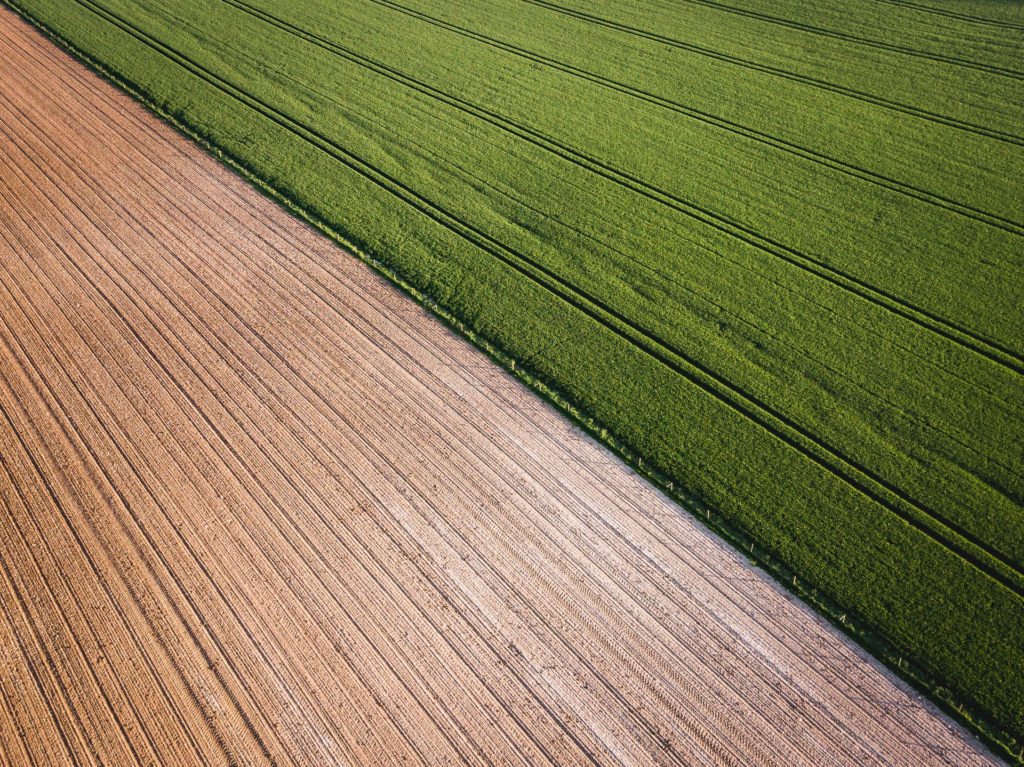http://schoolworkhelper.net/biotic-and-abiotic-factors-influence-on-ecosystems/
Both abiotic and biotic factors determine both where an organism can live and how much a population can grow. A limiting factor is a factor that restricts the size of a population from reaching its full potential.
The amount of food & water in a habitat is an example of a limiting factor. Other factors include geographical space, predation, climate, competition (for prey, food, mates) etc. An example of a limiting factor is sunlight in the rainforest, where growth is limited to all plants in the understory unless more light becomes available. Or perhaps in a deciduous forest, there are not enough rabbits to support the growth of more foxes. All species within an ecosystem will experience some kind of limiting factors to prevent continuous and exponential growth. (Even humans) Environmental changes (i.e drought, famine, human destruction) results in decreased rates of physiological processes, lowering the potential for survival, growth, or reproduction. Species will undergo Acclimatization to adjust to the new limiting factors through changing their behavior or physiology.
Limiting Factors:
- Light (exposure to light can change climate & growth of plants)
- Heat(will determine the weather/climate of an ecosystem)
- Mechanical Support(any features (i.e waterfalls, valleys, hills) which can either facilitate or inhibit a species survival
- Organic Matter(this will determine soil nutrition and therefore plant growth)
- Nutrients(Oxygen, Nitrogen, Carbon, Phosphorous etc.) are essential stability of an ecosystem
- Water/ Air(Water and Air quality will play a drastic role in the survivable of a species; streams, rainfall etc.)
- Predation (Predators will limit the growth of the population as well as human pouching)
- Competition (Competition within the species and with other species for food, water, mates will limit further growth)
- Geographical Space (If the species can only survive within a given ecosystem, the size of that ecosystem will prevent further population increases)
Abiotic factors, such as temperature, soil and light, can also influence an organisms success in an area. The tolerance range of an organism are the abiotic conditions in which an organism can survive. At both the high and low ends of the tolerance range an organism is stressed. For example, lichens, have a low tolerance range when it comes to air quality, plants have a low tolerance range when it comes to temperature. Animals that can maintain relatively constant internal temperatures (endotherms) can live in a wide range of external temperatures, whereas ectotherms, which rely on the external environment are more restricted to the temperature they can survive in.
Even with a mild spring, many outdoor plants we have in our gardens can be killed by frost. Large trees have a low tolerance to water that is why you don’t find them in deserts. Soil nutrient, acidity and salinity will determine the biodiversity and type of plants will can grow year round. For example the rainforest lacks sufficient nutrients for many high energy plants (i.e Deciduous Forests) to grow; whereas the desert suffers from high soil salinity and only succulent plants (i.e cacti) thrive.
Terrestrial Ecosystems
Most terrestrial plant species are limited by a combination of temperature, precipitation and light. For example, black spruce requires regions with long, cold winters and moderate precipitations. Temperature and Precipitation are often the primary determinants of terrestrial biomes (plant growth; water loss and gain) However it should be noted CLIMATIC EXTREMES are sometimes more important in determining species distributions than annualmean temperatures.
Aquatic Ecosystems
Most aquatic ecosystems are limited by salt concentration and the availability of sunlight, oxygen and nutrients. For example The Dead Sea is “dead” because the salinity is so high and nothing can grow in it. Oxygen concentration is near the surface of the water as that is where most plants are found since the sunlight can only penetrate a certain distance into the water. Shallow water can sustain plants that can root to the bottom soil while in deep water only dissolved nutrients are available. Human activity has a large effect on both these types of ecosystems; excessively fishing and pollution can drastically affect the salinity and oxygen content of these habits.
Carrying Capacity
The carrying capacity is the maximum population size of a particular species that a given ecosystem can sustain. As the population size increase, the demand for resources such as food, water, shelter and space increases. Eventually, there will not be enough resources for each individual and stress will occur. Some individuals may become weak and diseased and/or the increased population size may result in more predators moving into an area.
Humans can interfere with the carrying capacity of an organism. For example, both the sparrow and starling are examples of birds introduced into Canada from England. They are now the most numerous birds found in this area and have diminished the populations of other native birds such as blue jays and cardinals. The killing of wolves by humans can lead to an increase in the moose population in an area. Habitat destruction results in a lowering of the carrying capacity for an ecosystem as food and shelter is destroyed. Human activities causes terrestrial biomes to differ; human agricultural development and logging; biomes are markedly different (mainly affected are temperate grass lands, tropical rainforest). Temperate Grasslands are widely exploited for agricultural purposes and Tropical Rainforests are excessively for logging.







